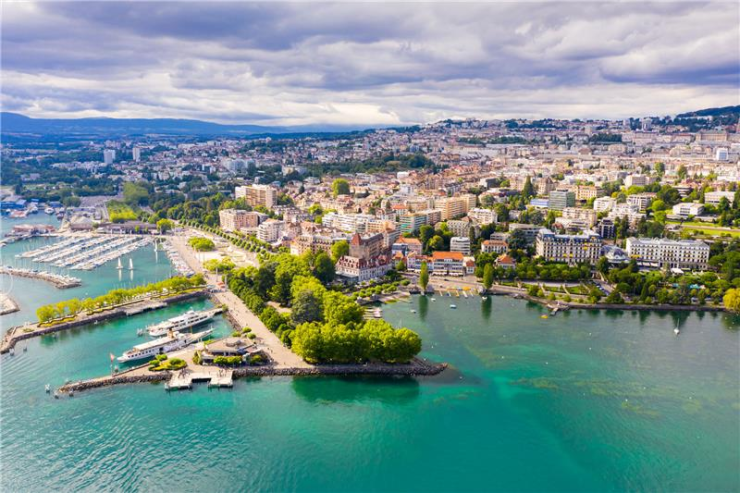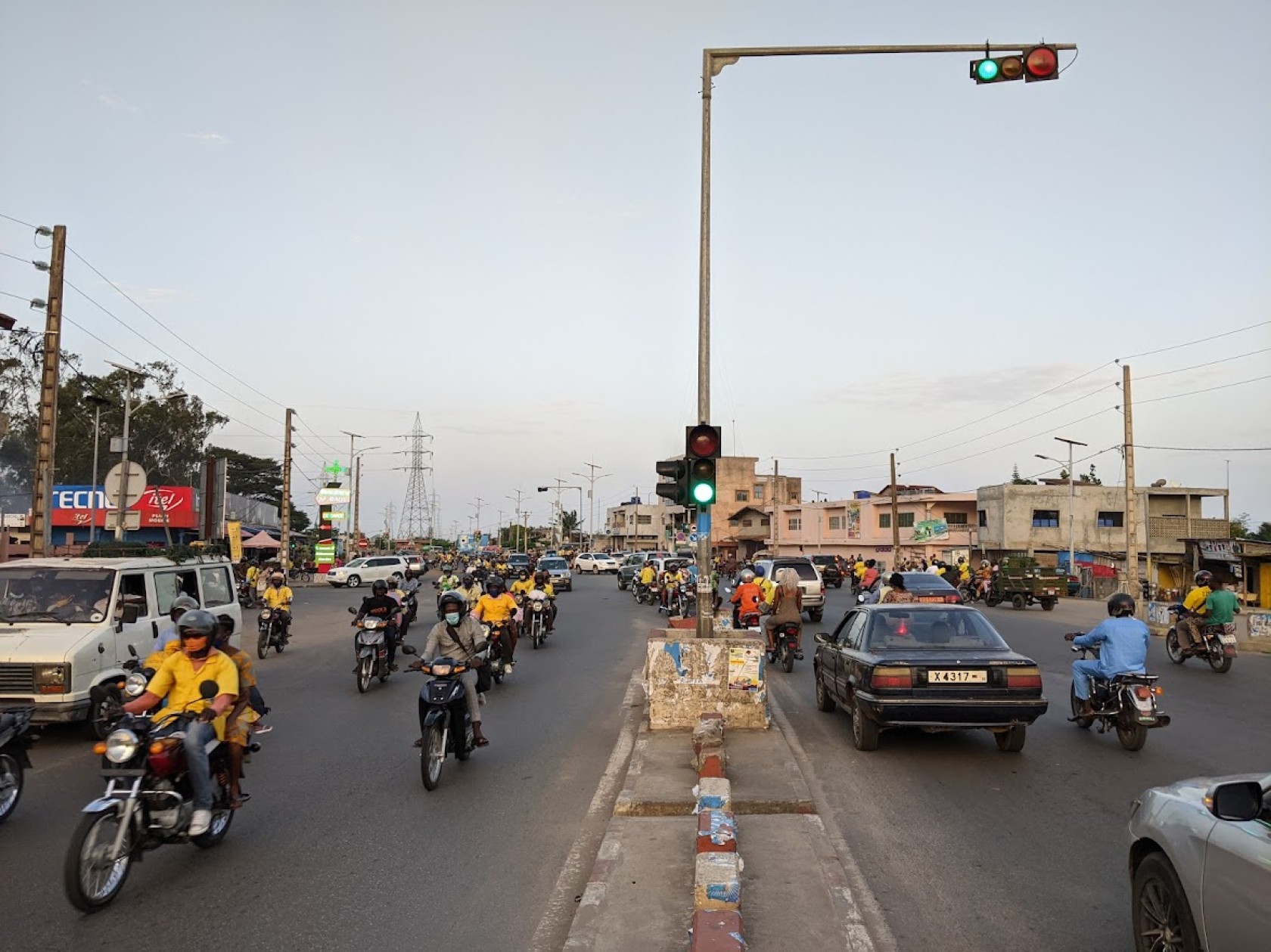Le Grand Nokoué (Bénin) investit dans la régulation du trafic
L'agglomération du Grand Nokoué rassemble la capitale économique du Bénin, Cotonou, la capitale administrative, Porto-Novo et deux communes résidentielles : Abomey-Calavi et Sèmè-Podji. Dans cette aire urbaine de 2,5 millions d’habitants qui représente un tiers du PIB béninois, le trafic - dominé par les deux-roues motorisés - connait une forte croissance. L'agence du cadre de vie a lancé un projet de régulation lumineuse tricolore pour fluidifier la circulation et améliorer la sécurité routière.
L’Agence du Cadre de Vie, dépendant du Ministère du Cadre de Vie et du Développement Durable du Bénin, a lancé une étude de régulation du trafic dans la métropole du Grand Nokoué. Cette agglomération qui s'étend autour du lac Nokoué compte 2,5 millions d’habitants et connait une forte croissance démographique. Elle intègre la capitale économique, Cotonou, la capitale administrative, Porto-Novo et deux communes résidentielles : Abomey-Calavi et Sèmè-Podji.
Faisant face à une forte croissance du trafic - due particulièrement à l'équipement des ménages en deux-roues motorisés- qui engendre des phénomènes chronique de congestion, l'Agence du Cadre de Vie a initié un projet de régulation du trafic pour fluidifier la circulation et améliorer la sécurité des usagers de la route. Celui-ci accompagne le plan d'asphaltage lancé par le gouvernement béninois qui a permis dans sa première phase de bitumer 200 km de voirie urbaine (dans la commune de Cotonou, seule 14% de la voirie est revêtue).
Ce projet initié en avril 2021 vise également à améliorer la fiabilité et la robustesse des systèmes. Il comporte deux volets :
· Une étude d’organisation de la circulation par la gestion des carrefours
· La mise en place d’un poste central de régulation du trafic (PCRT)
Pour cette mission, Transitec s’est adjoint les compétences de CeRyX Trafic System pour l’étude du poste central et de Seat Consult, partenaire local.
Après un diagnostic intégrant un important dispositif d’enquêtes, une analyse du réseau et du fonctionnement des carrefours (le territoire compte actuellement une centaine de carrefours à feux, et 25 carrefours structurants sont étudiés en détail), des ateliers avec les acteurs locaux ont permis d’engager une phase de cadrage. Une prochaine phase de scénarios devra permettre de définir d’une part la stratégie de régulation à déployer et d’autre part l’architecture du PCRT. Cette phase études débouchera en fin d'année sur l’établissement du cahier des charges du PCRT. Dans sa phase opérationnelle, le groupement accompagnera la mise en œuvre du PCRT et le déploiement des mesures d’adaptation des carrefours.
Contact

Lausanne
Avenue Auguste-Tissot 4
1006 Lausanne
Suisse
+41 21 652 55 55


